Projects
Papaya Playa Project is finding ínfinity
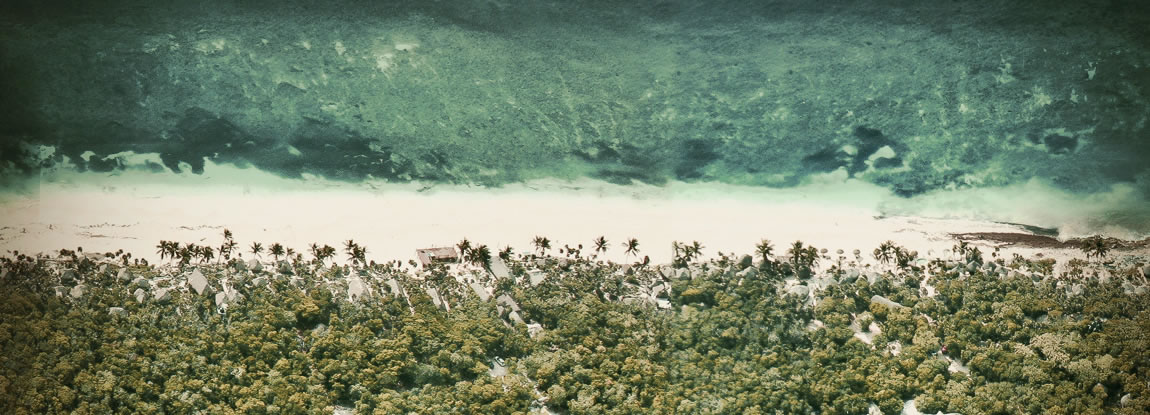
Papaya Playa Project consists of 99 cabañas with 900 meters of beachfront in one of the most pristine locations in the world.
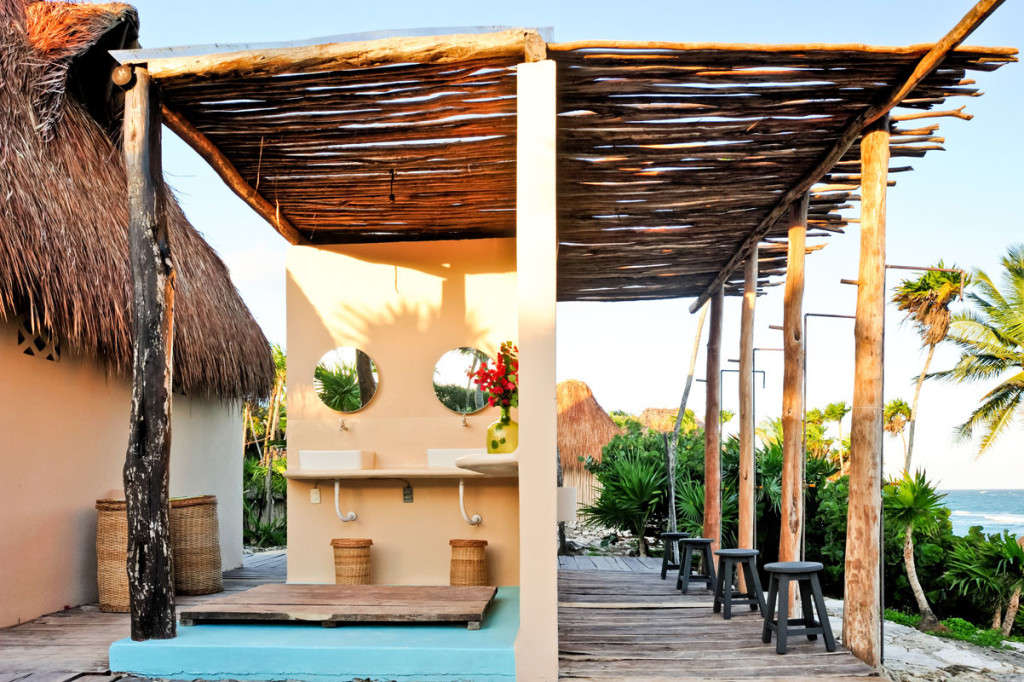
The energy infrastructure at Papaya Playa consisted of a rental 80kVA diesel generator resulting in significant consumption of finite fuels and carbon equivalent emissions. The water infrastructure at Papaya Playa consisted of pumping brackish water from a cenote below Papaya Playa and pumping it into various tinacos ready for consumption, the waste water system results polluting the cenotes. The waste infrastructure at Papaya Playa consisted of combining all waste in one location and sending it all to local landfill in Tulum resulting methane emissions and other environmental degradation.
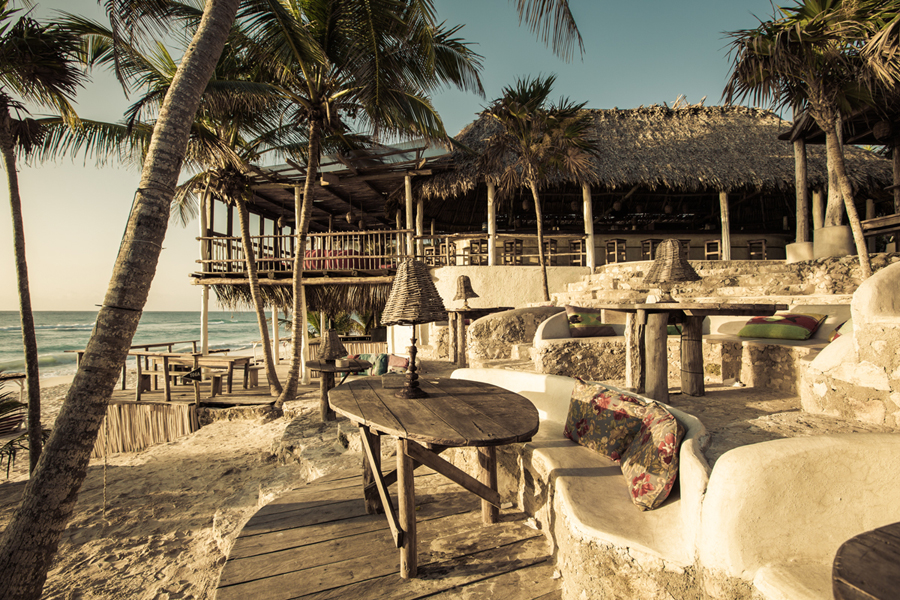
The owner of the site Emilio Heredia had aspirations to protect this land, and maintain it in the way it was once found. “My aim is to help preserve that for the generations to come.” Emilo Heredia and Claus Sendlinger organised a symposium in Tulum in November 2010 with all of the most influential landowners in an effort to discuss the future of Tulum with respect to sustainability. This symposium that left the land owners with something to think about: the lands owner will make a fortune out of Tulum regardless, it is in the control of the landowners if they protect it or destroy the natural environment in Tulum for future generations.
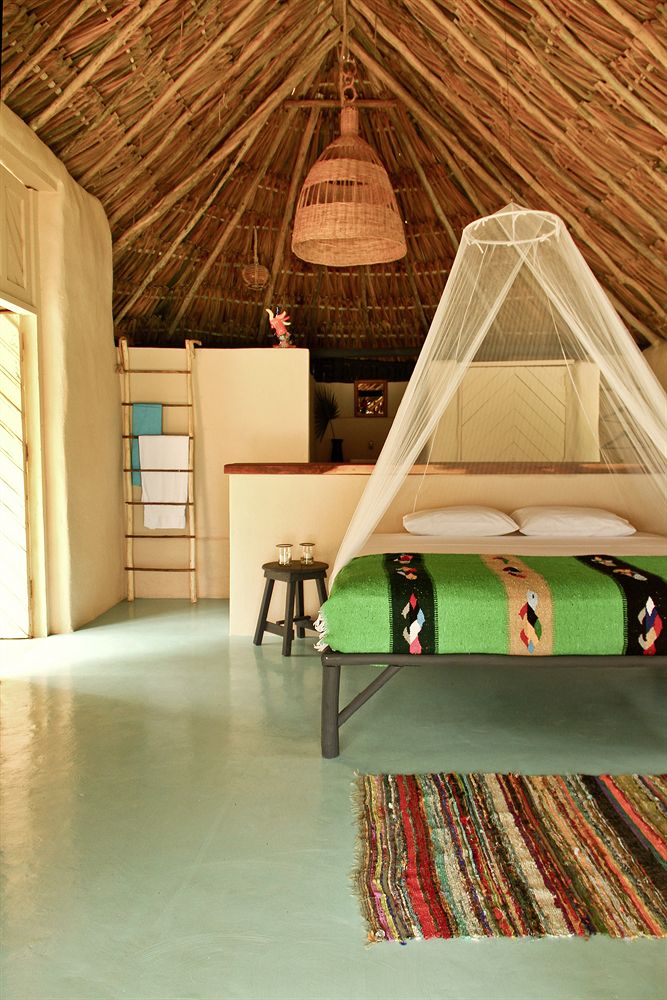
Papaya Playa is uniquely positioned in Tulum to lead by example to demonstrate economic, social and environmental sustainability and educate the local market through their actions.
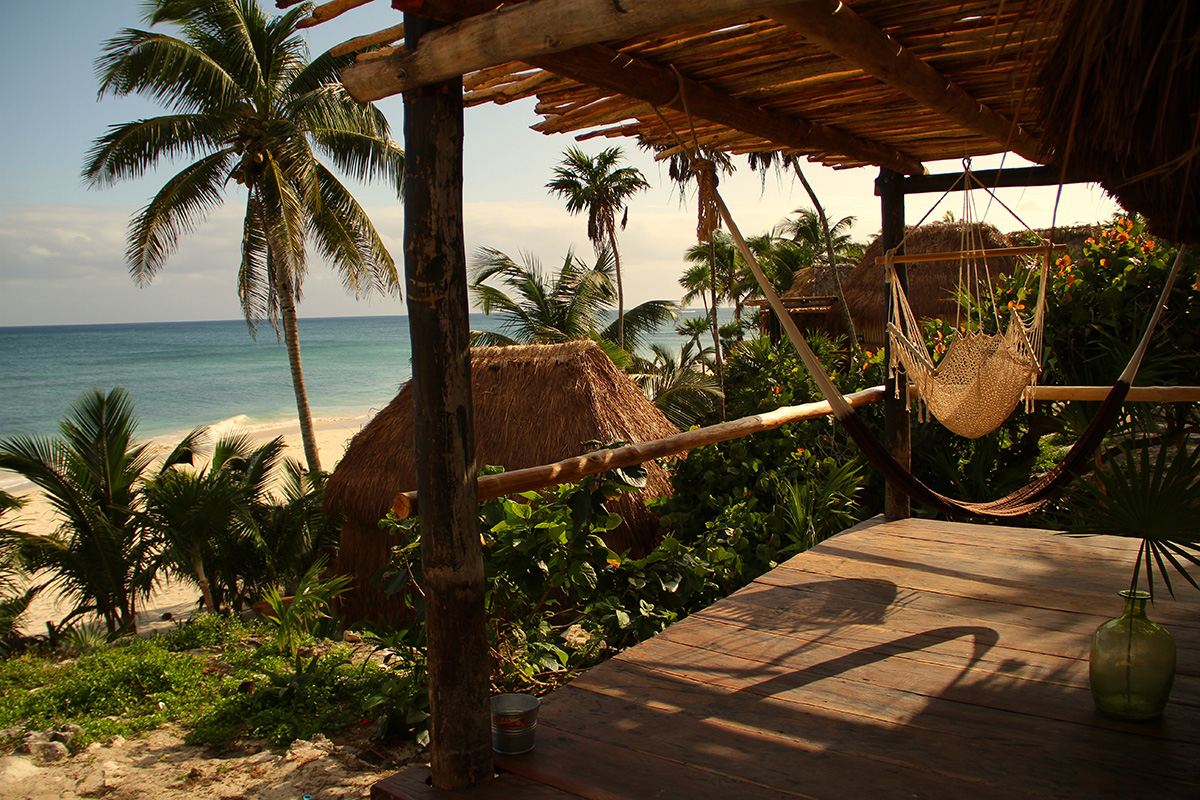
Financially, the most urgent issue to deal with was the energy supply of the site to find the most suitable replacement for the rented 80 kVA diesel generator.
Environmentally, the most urgent issue to deal with was water infrastructure, particularly wastewater.
Construction is underway for various other components of the site and it is a great opportunity to get involved in their design in an effort to close the close on resources where possible. The more cost effective way to implement sustainability is to make it inherent in the design and not an add on.
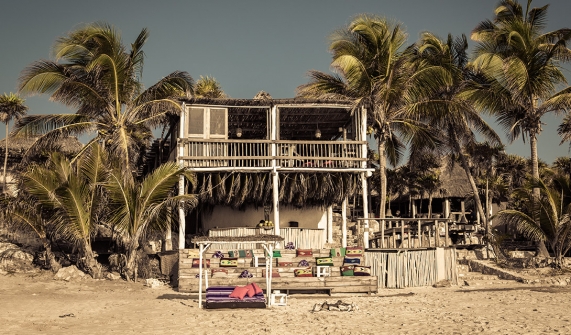
We demonstrated through technical and financial analysis that the site could achieve self sufficiency with a payback period of 5 years. Our recommendations were as follows:
Energy
To enable Papaya playa to remove the requirement for the high expense of the rental 100kVA diesel generator as soon as possible we recommend the following:
- Maximise energy efficiency as much as possible (ie 24 hour path lighting controls)
- Replace the smaller circuit break loads (1‐2kW) with wind or solar power system with batteries and inverters. This leaves only the 13 kW load to the kitchen, bar and restaurant.
- Meet the kitchen loads with a gasifer as soon as possible.
- In the case that obtaining the gasifer in the short term is too slow or there is a problem with the source of wood, we should in parallel be investigating the option for purchasing a 20kW diesel generator that can satisfy 24 hour loads in the short term. The intention of this smaller diesel generator will be as a back up into the future.
Water
The recommendations for the site water strategy is as follows:
- Install efficiency fixture and fittings
- Maximise rainwater collection
- Separate blackwater and greywater pipework
- Install a greywater system and use that water for irrigation
- Install a blackwater treatment system for the small amount of blackwater that is required to be treated.
Waste
Our recommendations are as follows:
- Minimise waste to landfill by maximising recycling, maximising reuse of organic waste and minimising the consumption of products that result ion waste to landfill.
- Create a staff focused bin strategy as opposed to a guest focused one. The staff produce the vast majority of the waste on site.
- Implement a composts for the short term and get this started as soon as possible
- Investigate further the potential for a custom built anaerobic digestion into the longer term.